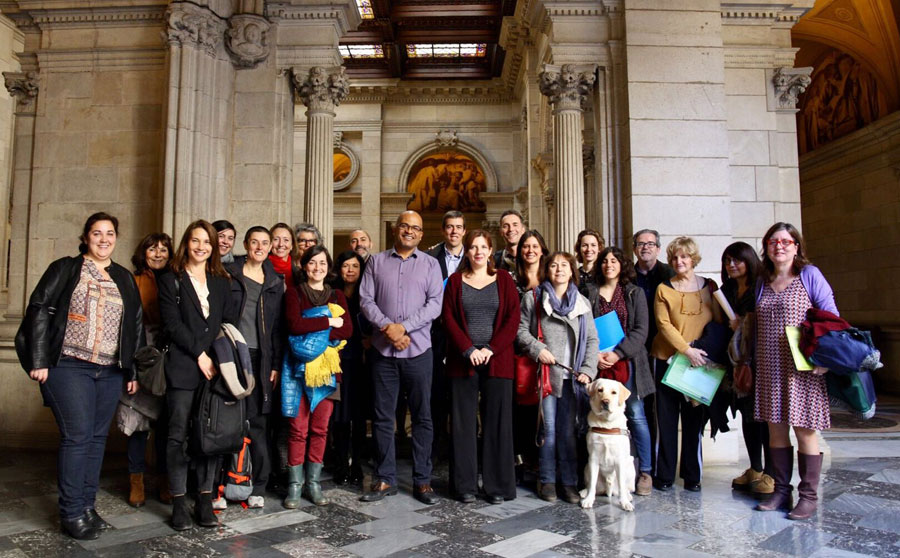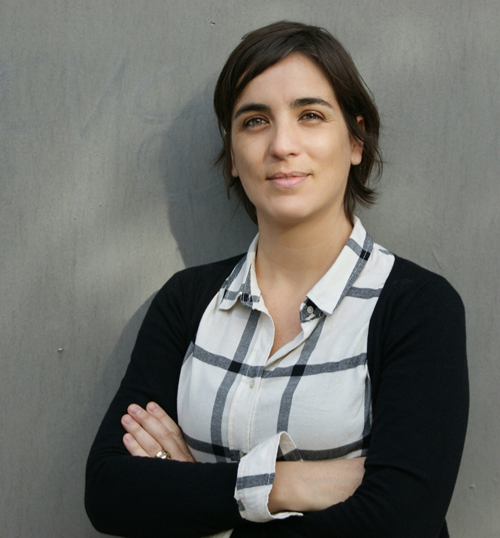BIST centres showcase their research at the Youth Mobile Festival
 The seven BIST centres – including IBEC – have a stand at this year’s Youth Mobile Festival (YoMo), part of the Mobile World Congress that’s taking place this week.
The seven BIST centres – including IBEC – have a stand at this year’s Youth Mobile Festival (YoMo), part of the Mobile World Congress that’s taking place this week.
The stand will feature different hands-on activities on different days, all of which will be based on the research being carried out in the BIST centres.
More than 15,000 youngsters are expected to pass through the festival, which is being held at La Farga in l’Hospitalet, during the festival’s run from today to Friday.

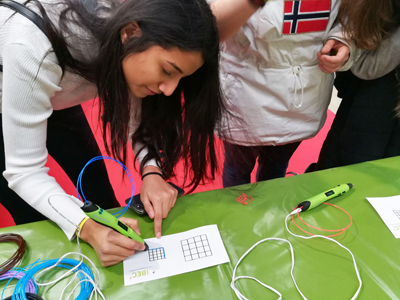
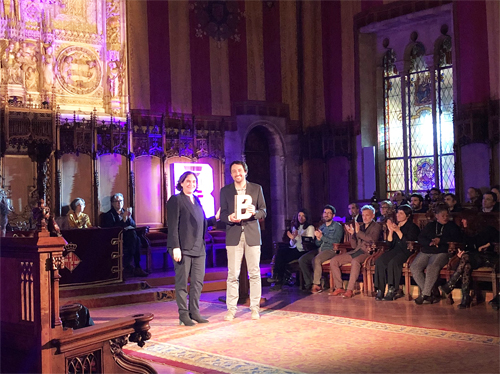

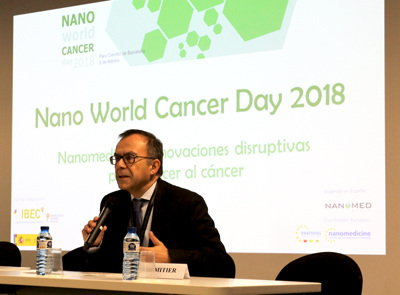
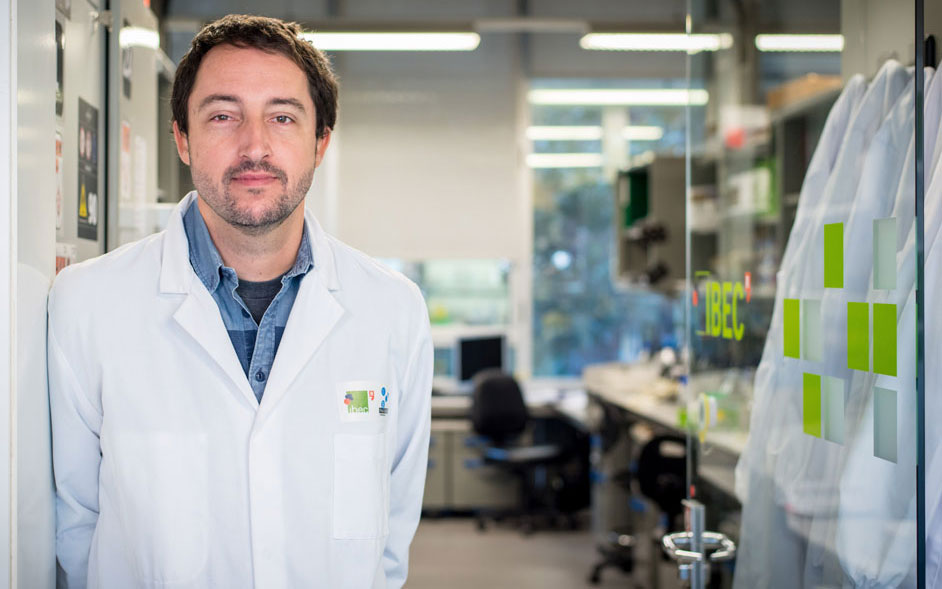
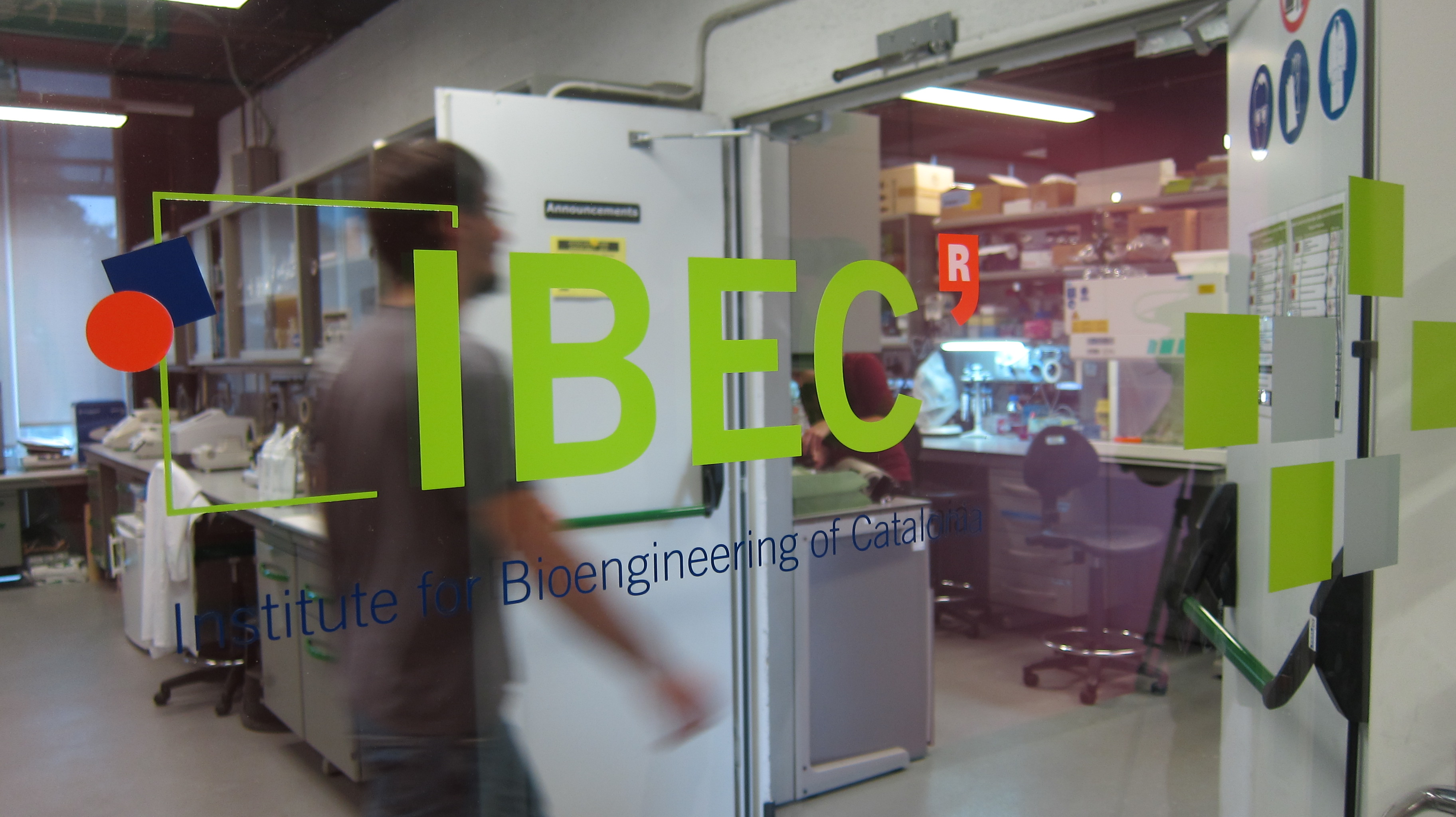
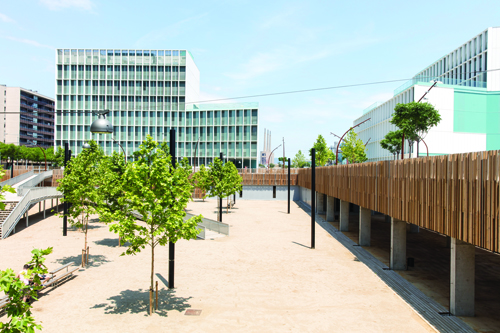
 IBEC has added to its physical locations, with two groups moving to a new site at the other end of av. Diagonal.
IBEC has added to its physical locations, with two groups moving to a new site at the other end of av. Diagonal.